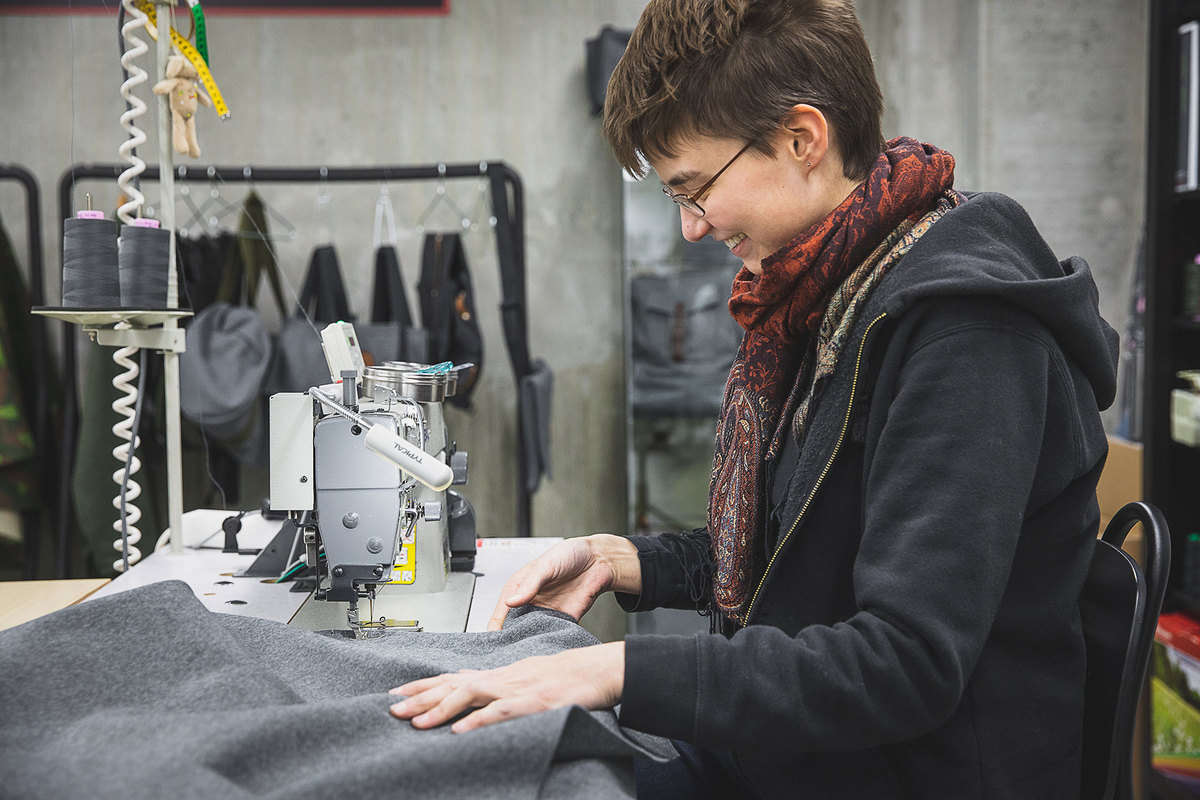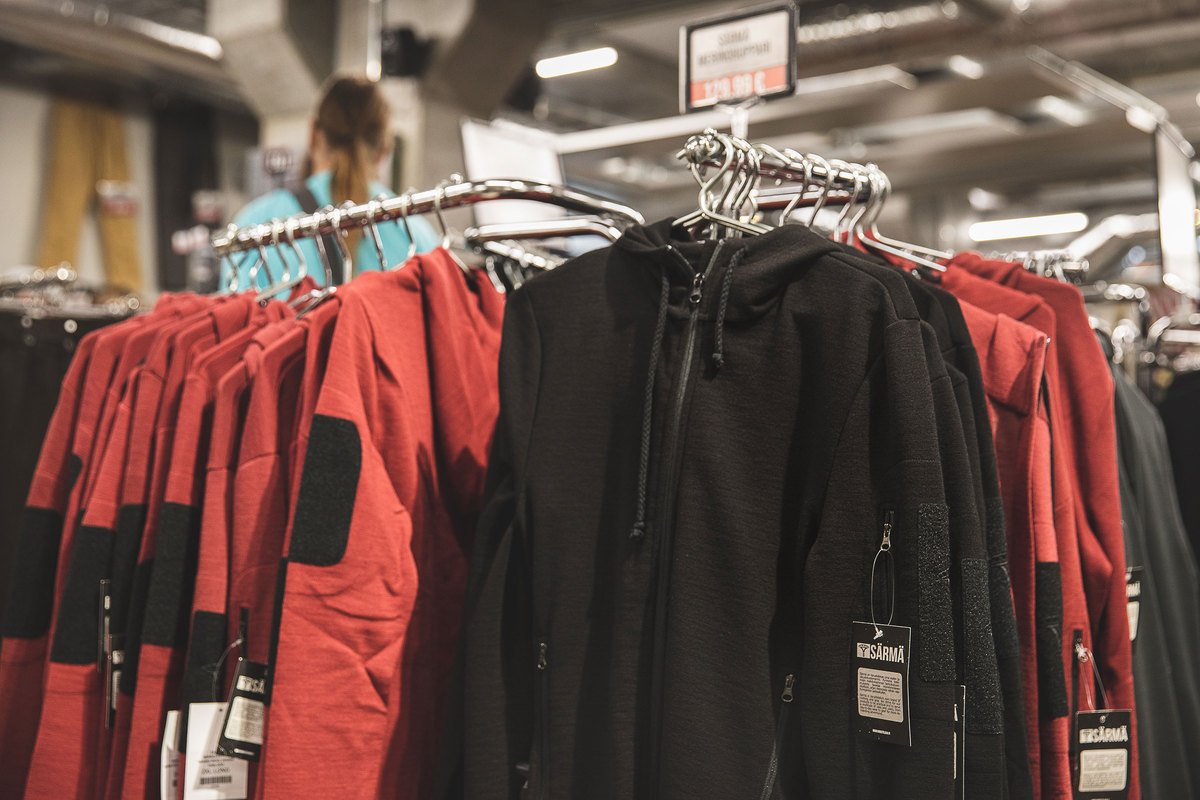
How Corona plague changes the clothing business
How Corona plague changes the clothing business

Author:
Anna Rinta-Jyllilä
Category Manager, Apparel
Some experts estimate that the waves of COVID-19 pandemic could even last until the latter half of 2021. However, that will certainly not be the end of diseases in the world. Having to live with all these epidemics will change the nature of all business, including the clothing business.
The restaurant and travel industries already predict that social distancing will become the new norm. This will most likely happen to the clothing business as well. Online clothing sales will increase and the brick and mortar stores will start disappearing. Those that already know how to serve their customers online and constantly develop their service experience will prosper.
Production challenges
People were expecting major challenges in clothing production during this coronavirus crisis because the majority of clothes are made in Asia, especially in China. However, the peak of the epidemic in China and the resulting lockdown happened around the holiday season of the Chinese New Year when the whole country is practically closed anyway.
For years, western clothing brands and the Chinese clothing production have been able to prepare for the fact that production stops around this time. So, the epidemic didn’t turn out to be as big problem on the Chinese clothing production as anticipated. At the moment, the production is back at full swing in China. The situation can of course change if there is a new wave of epidemic.
On the other hand, European production is facing major challenges at the moment. In Lithuania, the number of cases is still low but the situation can change quite rapidly. Other parts of Europe are in big trouble. A significant portion of the Italian clothing business is owned by Chinese companies, and their workers are also from China. Some believe that the Italian Corona crisis originated from the clothing business.
Importing clothes from the other side of the globe has been considered ecologically unsustainable for a long time even before the pandemics. However, there aren’t enough European people with sewing skills for larger-scale local production. Young people aren’t interested in this field, the professionals have become pensioners, and many garments have to be hand-made for the most part.

European clothing production needs a lot more people with sewing skills.
Automation reduces the need for workers but at the moment it only helps in the production of simple knitted products, seamless clothes and accessories, as well as socks and similar products. Automation hasn’t developed that quickly because up until today labor issues have been solved by importing clothes from Asia. And the seamless trend hasn’t yet caught on. This situation can change if the clothing production in Asia becomes too difficult with these pandemics.
Imported labor is vital for the European clothing production but the problems caused by the pandemics on traveling could prove overwhelming. The Finnish construction business is already dependent on easy travel between Finland and the Baltics. The clothing business will require the same or also end up in similar problems.
Consumer habits change
When the world changes, also fashion changes. What kind of clothes will become redundant? What will be in more demand? Experts working remotely won’t need a huge array of business clothes. Nobody at a video conference will notice that your clothes smell or that your pants are missing. (Unless you walk past the video camera). People will ever-increasingly wear comfortable casual clothes that are easy to wash. So, the sweat pant stores will steal market share from the business outfit stores.

When people start working more and more remotely, merino hoodies and other relaxed clothes steal market share from business clothes.
Since you cannot go to the gym or attend a spinning class during a plague wave, your options are going outdoors or exercising at home. At home, the emphasis is on comfort and functionality instead of the looks. You will see the instructor on the screen but nobody sees you.
Since people avoid public transportation, cycling will become more popular, which will increase the popularity of sports clothes. If you live in a country that has very versatile seasons, such as Finland, you will need outdoor clothing for all kinds of weather. Hiking, hunting, and other wilderness-related hobbies where you don’t encounter other people will also increase in popularity.
There is already a big trend among outdoor clothing manufacturers in ecological materials and responsible production and it keeps on growing. Antibacterial materials and the possibility to wash the clothes in high temperatures are also becoming more appealing. The material innovations in the work clothes of the nursing sector are also becoming popular in other areas as well. Hygiene is becoming the new black.
The interest in all sorts of gloves, balaclavas, neck tubes and other similar accessories is currently growing. The mask business has already exploded and they are here to stay. They are already available with various elements that help you bring out your personality and identity.

All sorts of accessories that cover the mouth have become extremely popular.
Light masks won’t protect the wearer from viruses, but they help the wearers to protect others from their sneezing and coughing. This is why people will continue to use them. This habit was picked up in Asia already in 1918 when the Spanish Influenza spread there. Even though people ridiculed their wearers and considered their efficiency in protecting the wearer questionable - and rightly so.
The need to showcase your identity through your looks isn’t going anywhere. When people see each other more rarely live, video calls and selfies will become more popular. People will still want to stand out but the ways of accomplishing that will change. If nobody sees the new clothes and gear people acquired for their hobbies, they will put pics of them on social media.
No matter what the production challenges are, people will want to discover new innovative ways of showcasing their identity within prevailing circumstances. The upcoming mega trends of clothing are functionality, comfort, protection, as well as hygiene and antibacterial materials in addition to the current ecological and ethical trends.